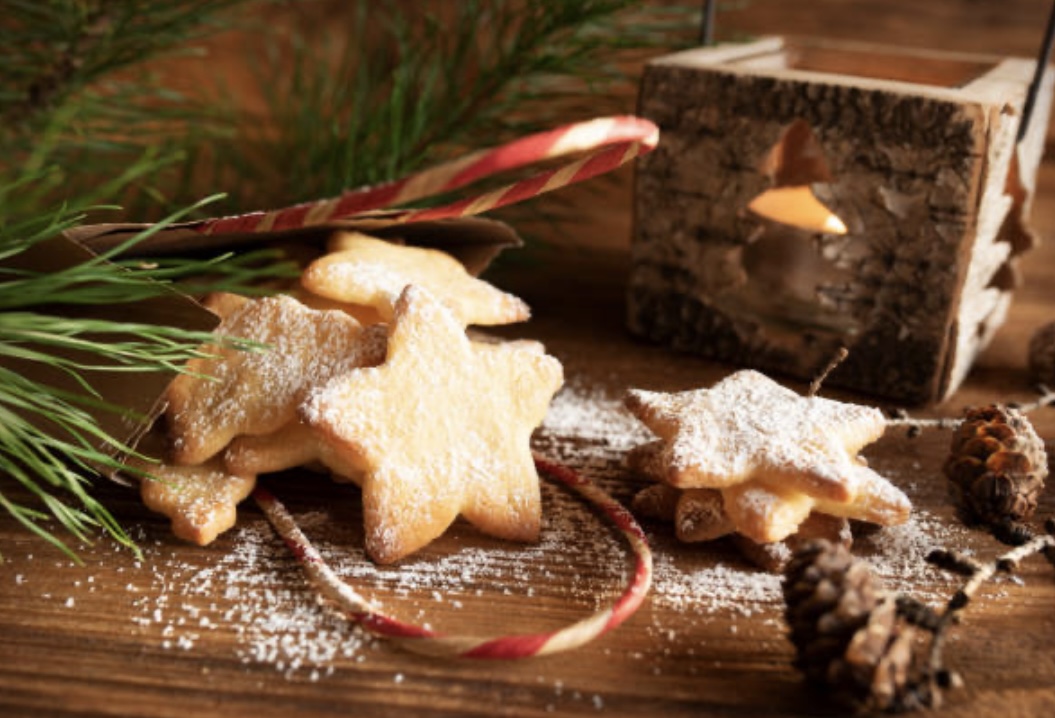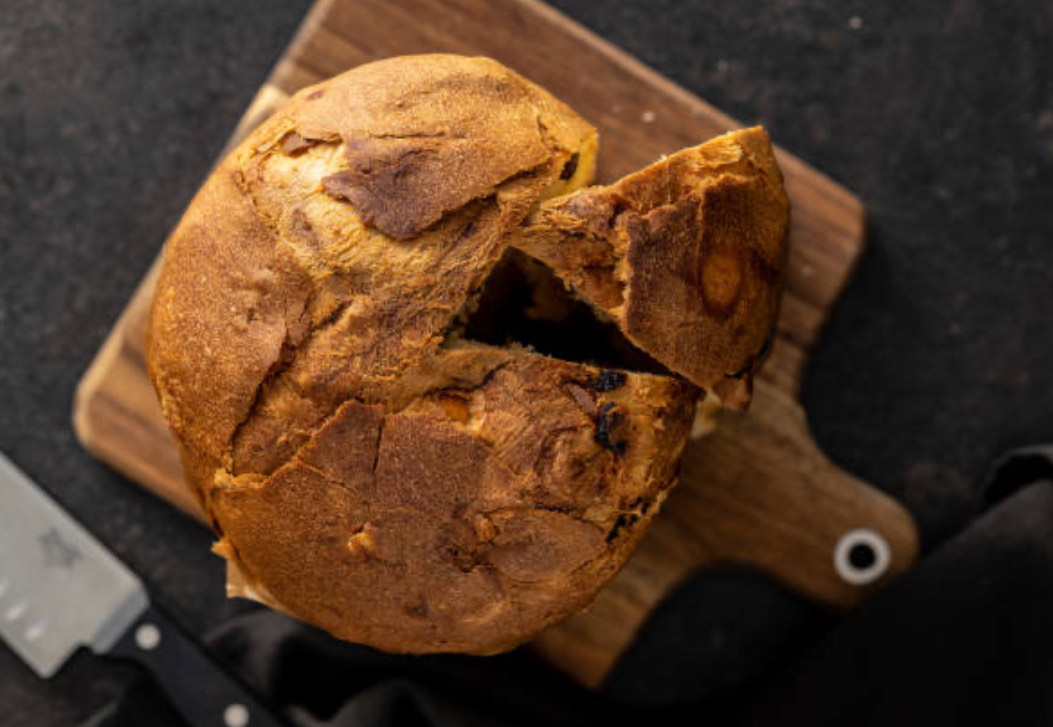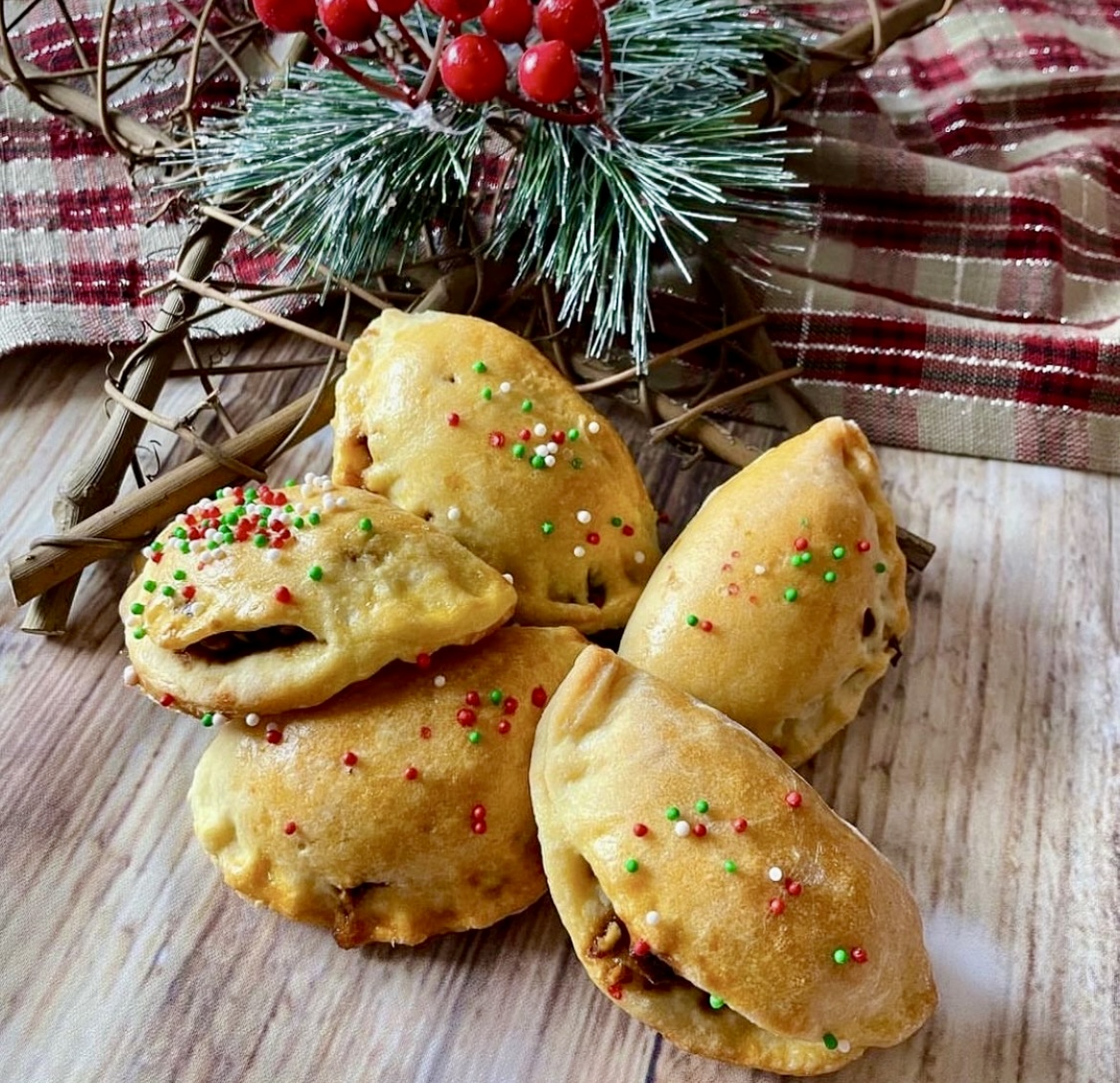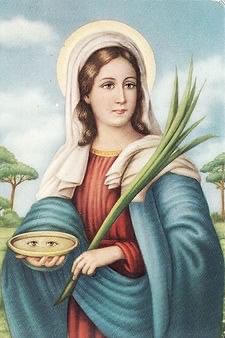Turdilli are a traditional Calabrese dessert made during the Christmas season. They are wine cookies that are fried and coated in honey. They hail from the province of Cosenza. Fig honey is traditionally used to coat them as it is typical of this Calabrian province, and it gives these treats a distinct coloring and flavoring. They can also be coated in chocolate and decorated with sprinkles for a more festive touch. they are usually enjoyed with sweet liqueurs.
Their name, turdilli, derives from the Greek and means “small”. They can also go by the names tordilli, turdiddri or turtiddi. In some parts of Calabria, they are referenced as crustuli or cannaricoli.
According to legend, they were brought to Calabria by Brezio, son of Hercules and founder of the city of Cosenza.
They are conventionally shaped using a wicker basket called u crivu and their shape is symbolic. They are spiraled and this is meant to emulate rays of sunshine. While they are now associated with Christmas, their origins date back to the ancient Roman Saturnalia celebrations.
The preparation of turdilli begins on the occasion of the Immaculate Conception and continues until the Epiphany. In addition to being exchanged between friends and relatives, it is believed that they are a sign of positivity: if you prepare them, it means that everything is going well.
In the tradition of the Cucina Povera, the ancient recipe consists of ingredients readily on hand, equal parts oil and wine combined with as much flour as is necessary to form a soft dough “farina quantu si ‘ndi pighia”. As with many traditional Italian desserts, the recipe varies from family to family, they may differ on the use of eggs or not or on the type of wine and honey used (common Turdilli recipe follows). Buon Appetito!

Turdilli Recipe
Ingredients:
- 3 cups flour
- 4 tbls sugar
- 3 ½ tbls EVOO (Extra Virgin Olive Oil)
- 1 cup honey
- 1 medium egg
- 2 tsp cinnamon
- 1 cup Vin Cotto, Vermouth or Marsala
- Vegetable or canola oil for frying
- Colored sprinkles (optional)
Directions:
In a large mixing bowl or directly on a kneading surface, sift together the flour and cinnamon then add the sugar and stir to combine. Form a well in the centre and add the egg, wine, and oil. Begin to mix with a wooden spoon and then knead the dough by hand
Work the mixture until you get a soft and non-sticky dough (if necessary, adjust with flour).
At this point, the preparation is similar to that of gnocchi: cut the dough into 8 parts and form cords about 2cm wide. Cut each cord into small pieces (the size of a dumpling) and line each turdillo on a basket, gnocchi board or the prongs of a fork. The ridges are key her as they help with the absorption of the honey.
Once the turdilli have been shaped heat the vegetable oil in a deep pan or pot and fry them until golden. Drain on paper towels.
Once they have all been fried, heat the honey over very low heat until it becomes fluid and add the turdilli. Stir the turdilli to coat them well in the honey. Transfer to a serving dish and decorate with colored sprinkles if desired.








One Response
We have been looking for a description of how there were made. Our Calabrian family headed by Nonna made these in the original way. Over time she started making them in a way that had less calories and fat. As nice as the Turdillies were when baked they never never ever tasted so good as when fried. We are making these according to your recipe from now on just as we tasted them once a very long time ago. Thank you bery much!!!